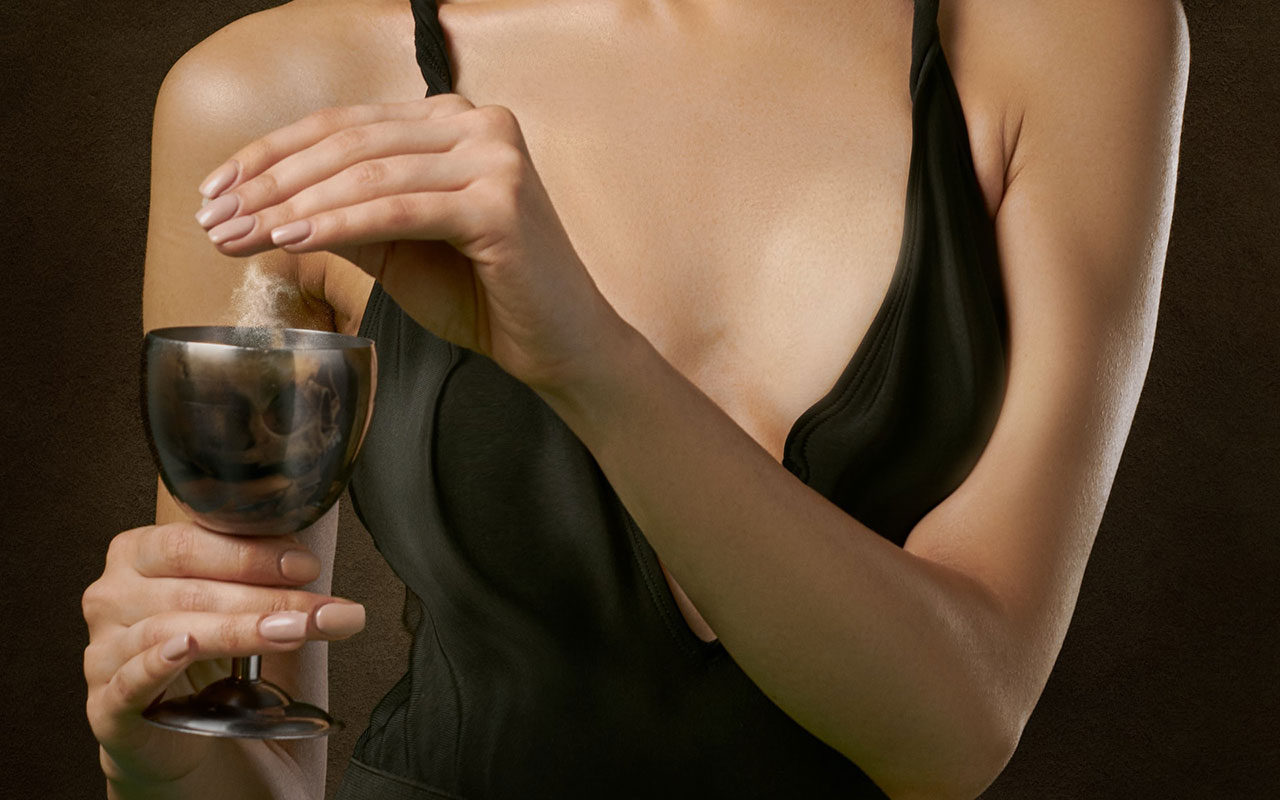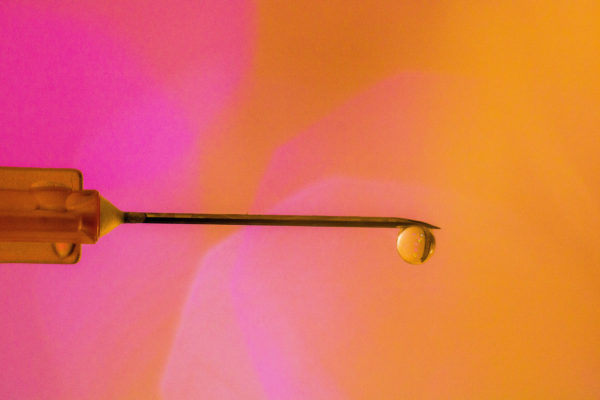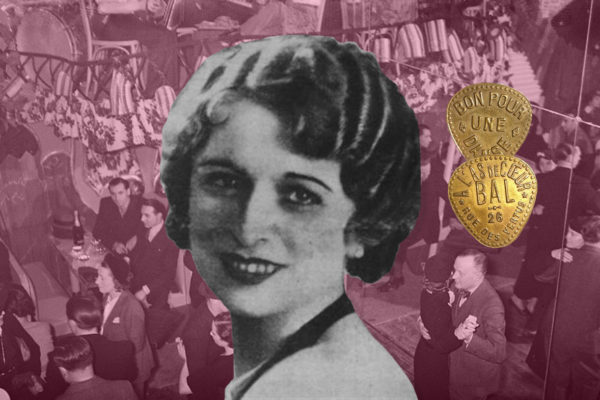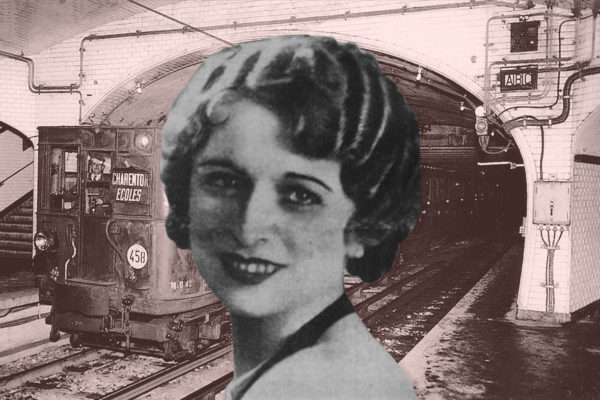
Death by poison: 4 more lady killers
The Marie Lafarge poisoning case that I wrote about recently remains a mystery to me. When I try to decide for myself whether she was guilty or innocent, I find myself going back and forth, unable to settle on an answer. For this mini post, I’m looking at four more French women motivated by men, money or mania to kill by poison. There’s little doubt that three of these ladies were guilty – the fourth is less certain. (She did it. Totally and definitely.)
The Marquise of Brinvilliers (1630 – 1676)

Marie Madeleine d’Aubray was born into a rich aristocratic family. Despite marrying well and having a large income, Marie and her husband, the Marquis de Brinvilliers, lived beyond their means. Most of Marie’s spending went on her lover, a cavalry officer acquaintance of her husband, Captain Godin Sainte-Croix. Marie’s father, on learning of her affair, had Sainte-Croix thrown in prison which Marie was NOT pleased about.
On his release, they plotted together to kill off Marie’s father to get a) revenge and b) Marie’s inheritance. Sainte-Croix gave Marie poison which she arranged to have put into her father’s food. He died and Marie got her portion of his estate – but this was shared with her four siblings. Before they knew it, Marie and Sainte-Croix had used this money and decided to kill Marie’s brothers to get their money too. She was successful so set her sights on her sister’s portion… Fortunately, Sainte-Croix died at this point, leaving behind incriminating evidence about the murders. Marie went on the run but was eventually found in Belgium and brought back to Paris. Her fate was unpleasant. Though she made a full confession, Marie was still tortured before being beheaded and set on fire.
La Voisin, Catherine Deshayes (1640 – 1680)

Hot off the heels of the Brinvilliers affair came something even darker, that would strike at the highest levels of society. Catherine Deshayes, later Catherine Montvoisin, was known to her clients as La Voisin. She was a shady kind of a fortune-teller who provided love potions and also abortions. After repeatedly hearing her clients say they wanted family members out of the way so that they could inherit their money, she started selling poison. If this wasn’t bad enough, La Voisin would perform Black Masses during which newborn babies were killed to placate Satan and make him grant her client’s wish*.
Her highest ranking client was Madame de Montespan, the mistress of King Louis XIV. Montespan used La Voisin’s aphrodisiacs to gain and maintain the king’s interest. However, when King Louis’ eye wandered elsewhere, Montespan plotted with La Voisin to poison him. The attempt was unsuccessful and La Voisin was arrested on different charges before she could try again. La Voisin was tried and convicted of witchcraft. Her punishment was to be burnt alive.
(*The newborn babies stuff is very likely invented nonsense.)
Hélène Jégado (1803 -1852)

Born in Brittany, Hélène Jégado was a domestic servant who went from household to household murdering her employers without any discernable reason. She began poisoning people when she was 30. The first killings were in a priest’s house where seven people died over three months, including Hélène’s own sister who happened to be visiting. Doctors put the deaths down to cholera, and Hélène was free to move on. Conveniently, she replaced her dead sister as a servant in another priest’s house. This time three people died within a short time of Hélène’s arrival. Hélène continued to repeat this pattern of moving into people’s homes, killing them, then leaving.
For reasons unknown, she stopped killing from 1841 to 1849 before having one final fatal spree. Her poisoning of her law professor employer and two of her fellow maids aroused the suspicions of the authorities at last. After large quantities of arsenic were found in their bodies, Hélène was arrested and tried in 1851. It was while she was under investigation for these crimes that the police discovered her other crimes. Unfortunately, the statute of limitations had passed so she was not charged with these other murders. Hélène was found guilty and sent to the guillotine. In total, she is thought to be responsible for 36 deaths.
Marie Besnard (1896 – 1980)

Marie Davaillaud married her cousin in 1920. They were together for seven years when he died from pleurisy. In 1929, she married again, this time to a man called Léon Besnard. This marriage lasted for 18 years when, in October of 1947, Léon became ill after eating some soup that Marie had prepared for him. Before he died, he told his lover that there was a strange liquid already in the soup bowl and he believed he had been poisoned by his wife. Police began investigating Léon’s death and noticed that a suspicious number of Léon and Marie’s families had died within a short period and that Marie had benefited – directly or via Léon – financially from their deaths. These people included Marie’s parents, Léon’s parents, his sister, his grandmother, his great-aunt, various cousins and friends – and, of course, Léon himself. Eleven bodies, including Marie’s first husband’s, were exhumed and all tested positive for arsenic.
Marie was tried three times over 10 years for these murders. During her third trial, her defence team argued successfully that the body samples had been contaminated or wrongly labelled. This cast enough doubt over the validity of the prosecution’s evidence for Marie to eventually be acquitted.





